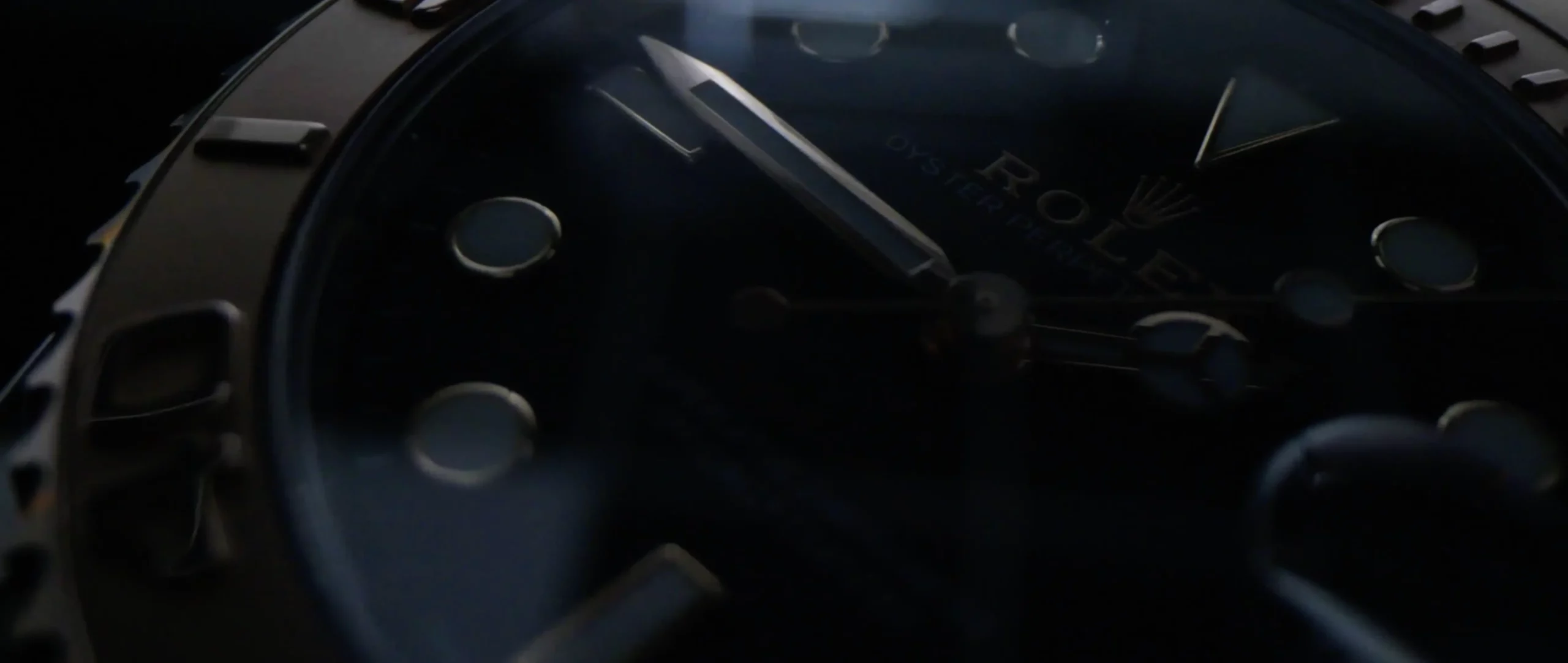Have you ever wondered what color grading is and how it differs from color correction? Color grading in video production has become increasingly important over the years, making big impacts on everything from feature films to television commercials. It’s a critically important step that allows videographers and cinematographers to take their footage to the next level – creating stunning visuals that can be used to tell powerful stories without compromising accuracy or clarity. In this blog post, we will discuss exactly what color grading is, how it differs from color correction, as well as some tips for getting started with your own color grade. Forget about having generic-looking videos; now you can get creative with colors once you understand the basics of color grading!
What is Color Grading?
Color grading in video production is an essential post-production process that enhances the visual appeal of a video. It involves altering and enhancing the colors in your footage to create a certain aesthetic or mood. This could range from subtle adjustments that make the colors more vivid to dramatic changes that completely transform the look and feel of a scene.Think about the stark, desaturated colors in a dystopian film, or the warm, vibrant hues in a summer rom-com. These effects are achieved through color grading. Not only does this process help in setting the tone and mood of the story, but it also ensures consistency across different shots and scenes. So, whether you're trying to create a dreamy flashback sequence or a high-contrast action scene, color grading gives you the tools to make your vision come to life on screen.
Color Grading vs. Color Correction?
Color Correction: This is the first step in the post-production process. Color correction involves adjusting the exposure, white balance, ISO noise, and contrast of each individual clip to achieve a natural, realistic look. The goal here is to ensure that all the shots in a scene match one another and that there are no jarring visual inconsistencies. It's about fixing issues like a shot being too dark, too light, or having an unwanted color tint. Essentially, color correction is about making your footage look as it should have when it was filmed.
Color Grading: After the color correction process, we move onto color grading. This is where creatives can truly express their artistry. Color grading involves adding filters and adjusting the shades of the footage to create a certain mood or aesthetic. This could mean making a scene look warmer or cooler, desaturating colors for a bleak look, or enhancing certain colors to make a scene pop. While color correction is about achieving a natural, balanced look, color grading is more about stylizing your footage to enhance the storytelling.
The Interplay Between Color Correction and Color Grading
While color correction ensures consistency and balance, color grading allows for creative interpretation, enhancing the narrative and emotive power of the footage. They work together to create visually compelling content
The process of color grading in the video production workflow
Color grading is a crucial step in the video production workflow that can completely transform the look and feel of a film or TV show. It involves adjusting the colors, contrast, and saturation of individual shots or entire scenes to create a cohesive visual style that matches the director's vision. Color grading can also help to enhance the mood, tone, and atmosphere of a story, heightening emotions and adding depth to character development. Skilled colorists use a range of tools and techniques to achieve the desired look, from software-based grading systems to traditional film processing methods. Whether you're working on a blockbuster movie or a low-budget indie project, color grading is a vital part of the post-production process that can elevate your video to the next level.
Color Grading Example?
In the example you provided, the footage was shot in s-log 3, which gives the image a flat, dull look. The first step in the process was to color correct the footage to bring back the color and vibrancy. This was done by applying an s-log3 to Rec.709 LUT, which helps to restore the natural colors in the image. Once the color correction was done, the team was able to move on to color grading, where they could experiment and get creative with the specific look they wanted to achieve for their project.
How to match colors between shots
Matching colors between shots is a crucial aspect of video editing. It ensures continuity and creates a cohesive visual story. To begin, it's important to establish a color palette for your project. This will help you determine which colors work well together and which ones clash. Next, use color correction tools to eliminate any inconsistencies in lighting and exposure. Adjust the saturation and hue of each shot until they match. Don't forget to also consider factors such as skin tone and environmental lighting. With a little effort and attention to detail, you can seamlessly match colors between shots in your video project, creating a truly polished final product.
Tips and tricks for adjusting colors effectively
Colors play a vital role in creating stunning visuals that can captivate your audience and convey emotions effectively. However, sometimes the colors in your images or videos may not be as vibrant or striking as you want them to be. This is where adjusting colors comes into play. By knowing the right tips and tricks, you can easily bring more life to your visuals and create a more appealing final product. For instance, you can try playing around with the brightness, contrast, saturation, and hue settings until you achieve the desired effect. You can also use tools like color match and selective color adjustment to enhance specific areas of your visuals. With the right techniques, you can take your colors to the next level and create visuals that stand out from the rest.
Using creative techniques in color grading to make a unique cinematic look
Color grading in cinema is an art form all its own. It's all about taking raw footage and bringing it to life by enhancing the colors and achieving a desired style. With creative techniques at your disposal, the possibilities are endless. For example, you can make a scene look vintage by adding a yellow or brown tint or push it towards a futuristic look with a blue color cast. A skilled colorist can also use highlights and shadows to make the image pop. It's not just a matter of making everything look pretty; the color palette can also affect the mood and emotions of the viewer. By using these creative color grading techniques, you can truly transform a movie into a unique cinematic experience that sticks with the audience long after the credits roll.
Overall, color correction and color grading are important tools in the video and film production process, and when used together, they can help create a cohesive and visually appealing final product.













